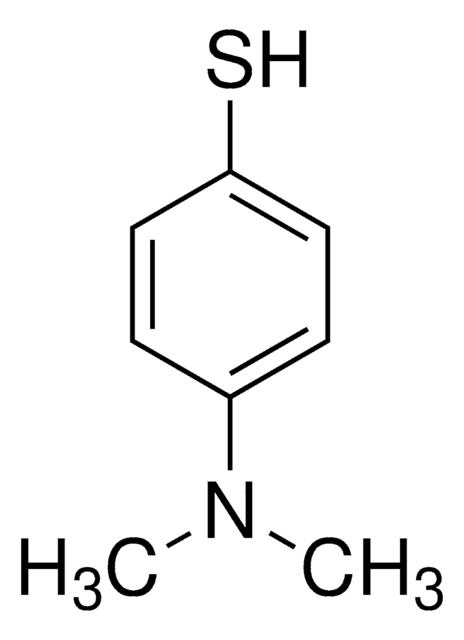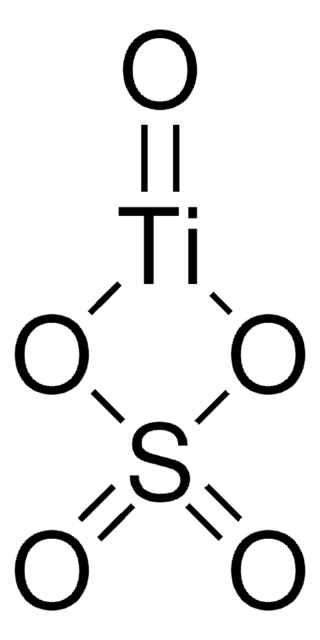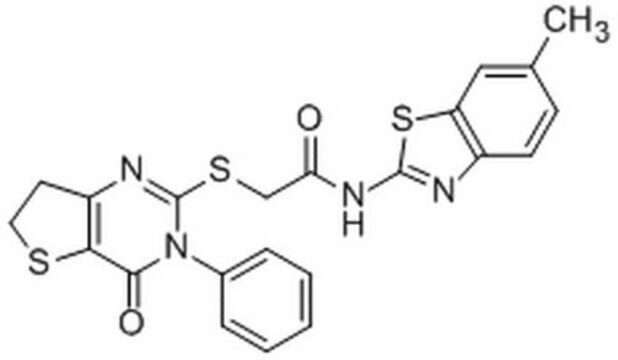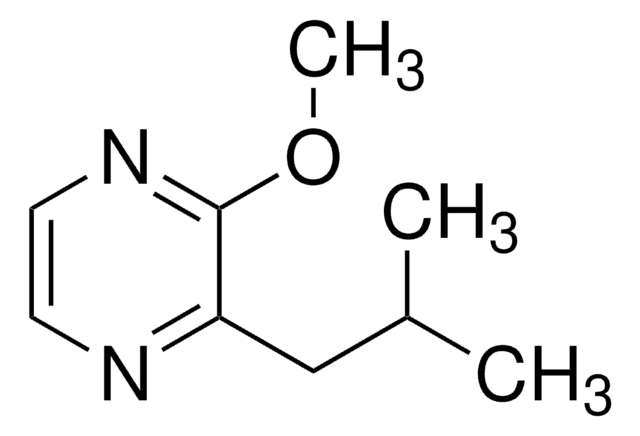EHU079921
MISSION® esiRNA
targeting human MCL1
About This Item
Polecane produkty
opis
Powered by Eupheria Biotech
Poziom jakości
linia produktu
MISSION®
Formularz
lyophilized powder
sekwencja docelowa esiRNA cDNA
GTGCTCCCCATTGATTGAAGAGTCACTGTCTGAAAGAAGCAAAGTTCAGTTTCAGCAACAAACAAACTTTGTTTGGGAAGCTATGGAGGAGGACTTTTAGATTTAGTGAAGATGGTAGGGTGGAAAGACTTAATTTCCTTGTTGAGAACAGGAAAGTGGCCAGTAGCCAGGCAAGTCATAGAATTGATTACCCGCCGAATTCATTAATTTACTGTAGTGTTAAGAGAAGCACTAAGAATGCCAGTGACCTGTGTAAAAGTTACAAGTAATAGAACTATGACTGTAAGCCTCAGTACTGTACAAGGGAAGCTTTTCCTCTCTCTAATTAGCTTTCCCAGTATACTTCTTAGAAAGTCCAAGTGTTCAGGACTTTTATACCTGTTATACTTTGGCTTGGTTTCCATG
Ensembl | numer dostępu dla gatunku człowiek
numer dostępu NCBI
Warunki transportu
ambient
temp. przechowywania
−20°C
informacje o genach
human ... MCL1(4170) , MCL1(4170)
Opis ogólny
For additional details as well as to view all available esiRNA options, please visit SigmaAldrich.com/esiRNA.
Informacje prawne
Nie możesz znaleźć właściwego produktu?
Wypróbuj nasz Narzędzie selektora produktów.
Kod klasy składowania
10 - Combustible liquids
Temperatura zapłonu (°F)
Not applicable
Temperatura zapłonu (°C)
Not applicable
Wybierz jedną z najnowszych wersji:
Masz już ten produkt?
Dokumenty związane z niedawno zakupionymi produktami zostały zamieszczone w Bibliotece dokumentów.
Nasz zespół naukowców ma doświadczenie we wszystkich obszarach badań, w tym w naukach przyrodniczych, materiałoznawstwie, syntezie chemicznej, chromatografii, analityce i wielu innych dziedzinach.
Skontaktuj się z zespołem ds. pomocy technicznej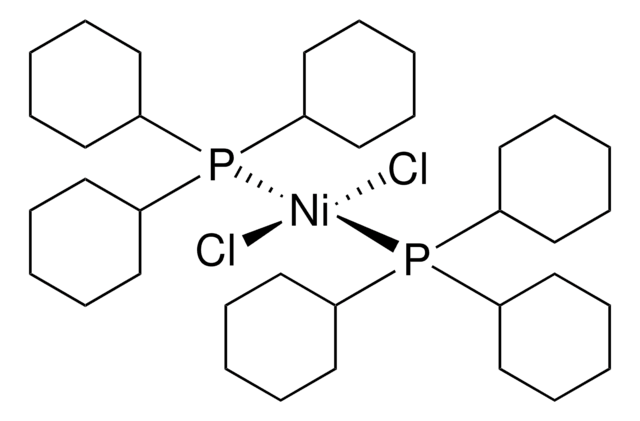



![2-phenylimidazo[1,2-a]pyridine AldrichCPR](/deepweb/assets/sigmaaldrich/product/structures/281/247/6c2550a0-2f0c-4866-83d8-3c1fb039e165/640/6c2550a0-2f0c-4866-83d8-3c1fb039e165.png)
